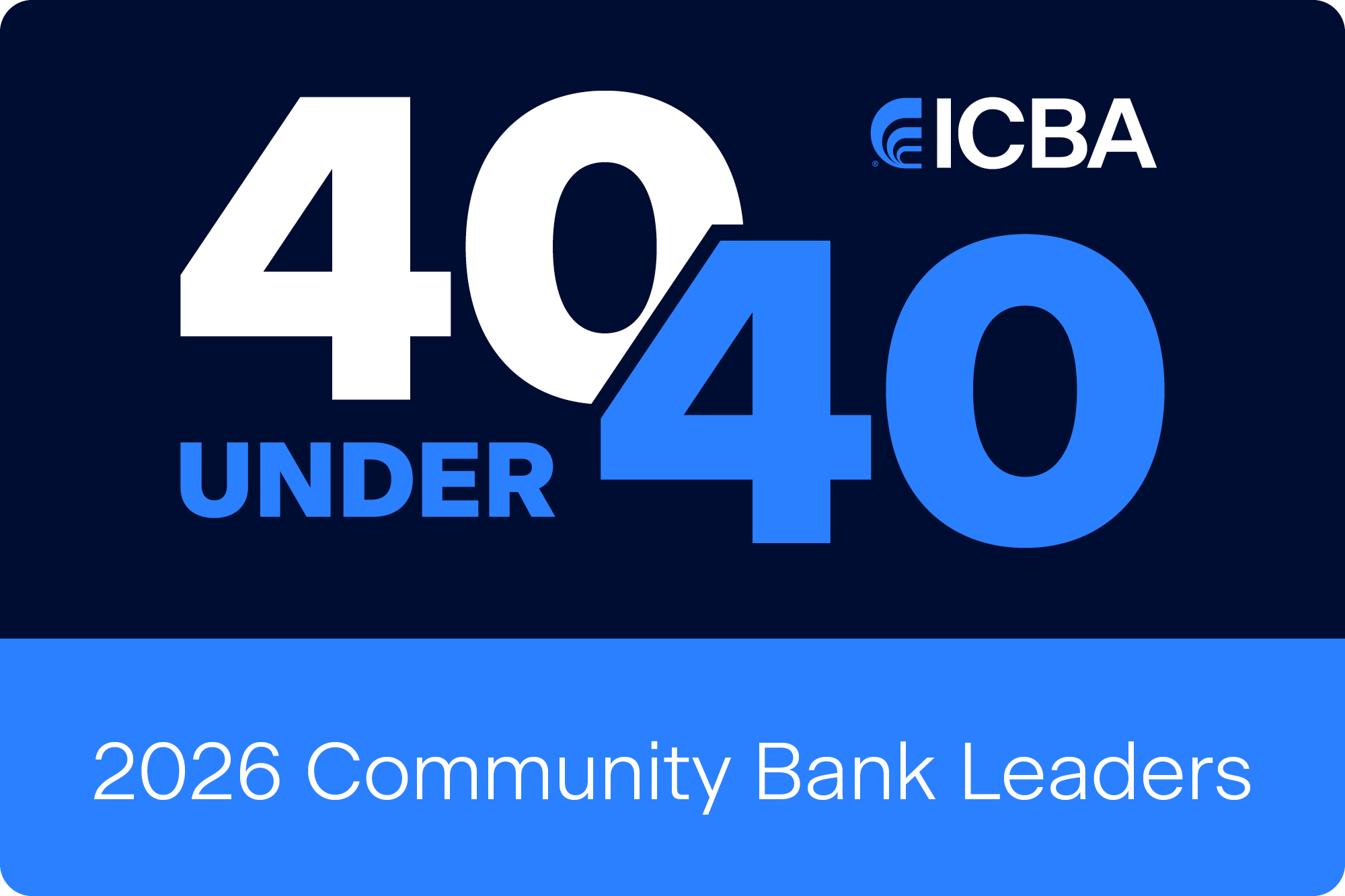Innovation is a high priority for many community bank leaders, so it’s critical that we have a foundational definition of innovation.
Charles Potts: A culture of innovation
June 01, 2021 / By Charles Potts
Innovation is a high priority for many community bank leaders, so it’s critical that we have a foundational definition of innovation.
Innovation is a high priority for many community bank leaders, so it’s critical that we have a foundational definition of innovation. Innovation is often viewed as combining two things that exist in a new way to create new outcomes. Most of us know it when we see it, but we need to recognize that it isn’t always about technology. Innovation can be a cultural behavior that leaders can cultivate across their organizations.
It starts with asking why. Why should we invest in innovation? It is the job of every good leader to shine the light on the “why” in relation to the bank’s vision and value proposition, making sure it is defined and communicated throughout the organization.
Once a clear direction has been established, it’s time to consider the how. We can start by taking a page from successful startups, most of which had a structured and formal approach to product development and implementation that included prescribed practices and processes.
In The Lean Startup, Eric Ries details a three-step feedback loop to get new products and services to market quickly: build, measure and learn. “The fundamental activity of a startup is to turn ideas into products, measure how customers respond and learn whether to pivot or persevere,” he writes. The same could apply to community banks.
As an industry, we need to respond faster to dynamic changes. One way to do this is to lean on others’ expertise. This includes taking ideas and iterating more quickly, refining what we’re doing and making course corrections when necessary. If a community bank is thinking about new products and services or improving the efficiency of existing ones, The Lean Startup method is an excellent foundation.
When we’re talking about building an innovative culture, it’s worth pointing out that the generation coming into the industry is open to new approaches and technologies, sometimes more than their predecessors. The challenge for community bank leaders is to blend the digital native with the digital migrant around a shared vision, direction and outcomes.
We must also acknowledge that not everyone in our organizations has creative skills often found in innovators. Leaders must clearly define roles and responsibilities across the community bank and build cross-functional, cross-organizational skills. With defined structures and processes in place, we eliminate uncertainty.
If you’re ready to take the next step in building an innovative culture, look to ICBA. Our member relations officers have access to expertise and resources to help you and your team grow. ICBA’s Community Banker University is another opportunity to expand your network.
We live in a rapidly evolving industry. Innovation must be deeply embedded in the culture of all community banks. It should be as instinctive and natural as opening a new account. By asking the right questions and implementing a process to develop, analyze and refine your approach, you can build a culture of innovation that produces measurable results.
Subscribe now
Sign up for the Independent Banker newsletter to receive twice-monthly emails about new issues and must-read content you might have missed.
Sponsored Content
Featured Webinars
Join ICBA Community
Interested in discussing this and other topics? Network with and learn from your peers with the app designed for community bankers.
Subscribe Today
Sign up for Independent Banker eNews to receive twice-monthly emails that alert you when a new issue drops and highlight must-read content you might have missed.
News Watch Today

Join the Conversation with ICBA Community
ICBA Community is an online platform led by community bankers to foster connections, collaborations, and discussions on industry news, best practices, and regulations, while promoting networking, mentorship, and member feedback to guide future initiatives.













